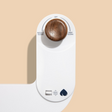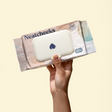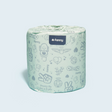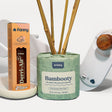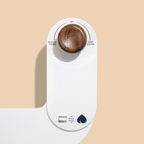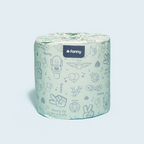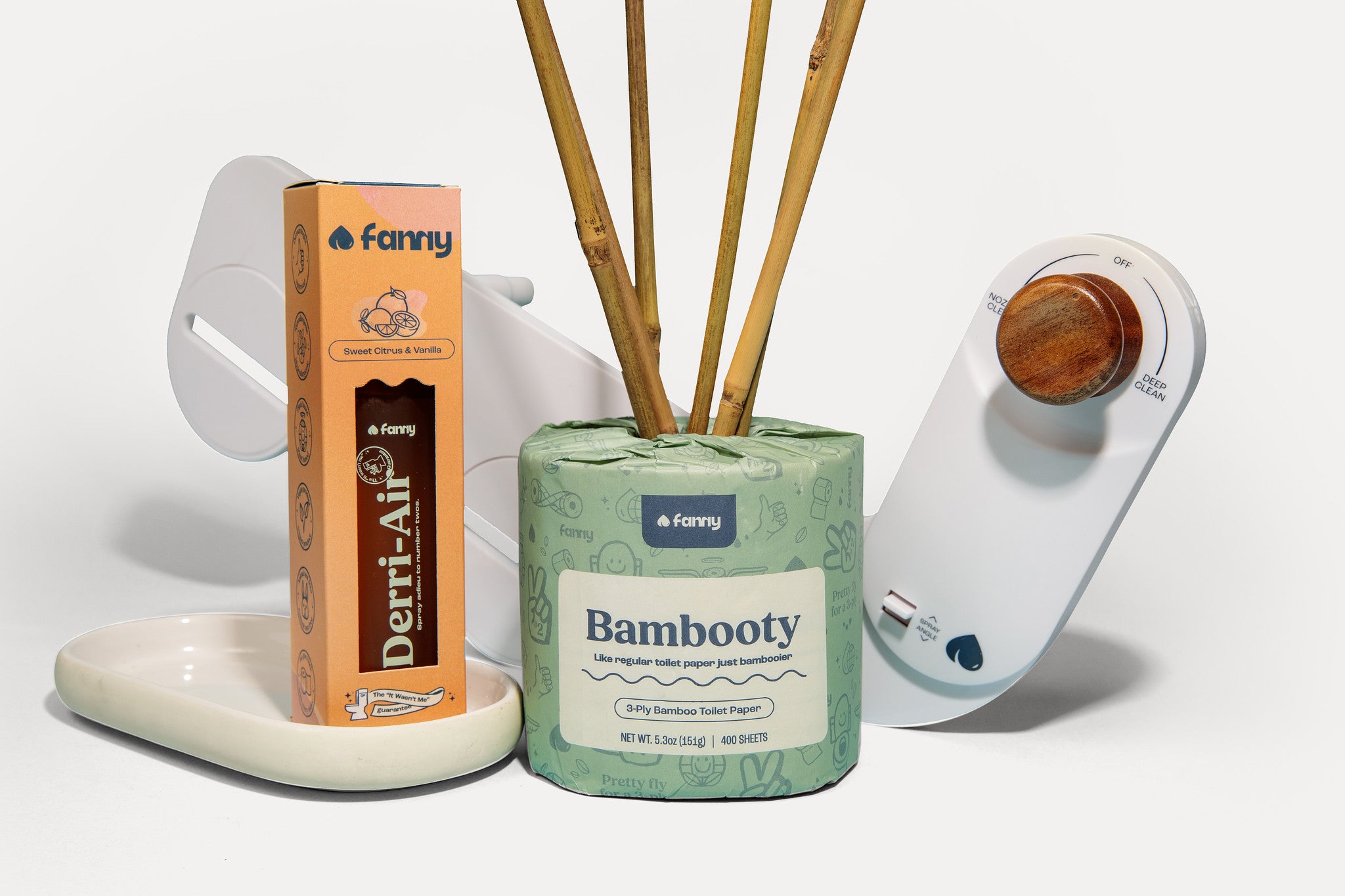Science Says Bidets Beat Toilet Paper Every Time
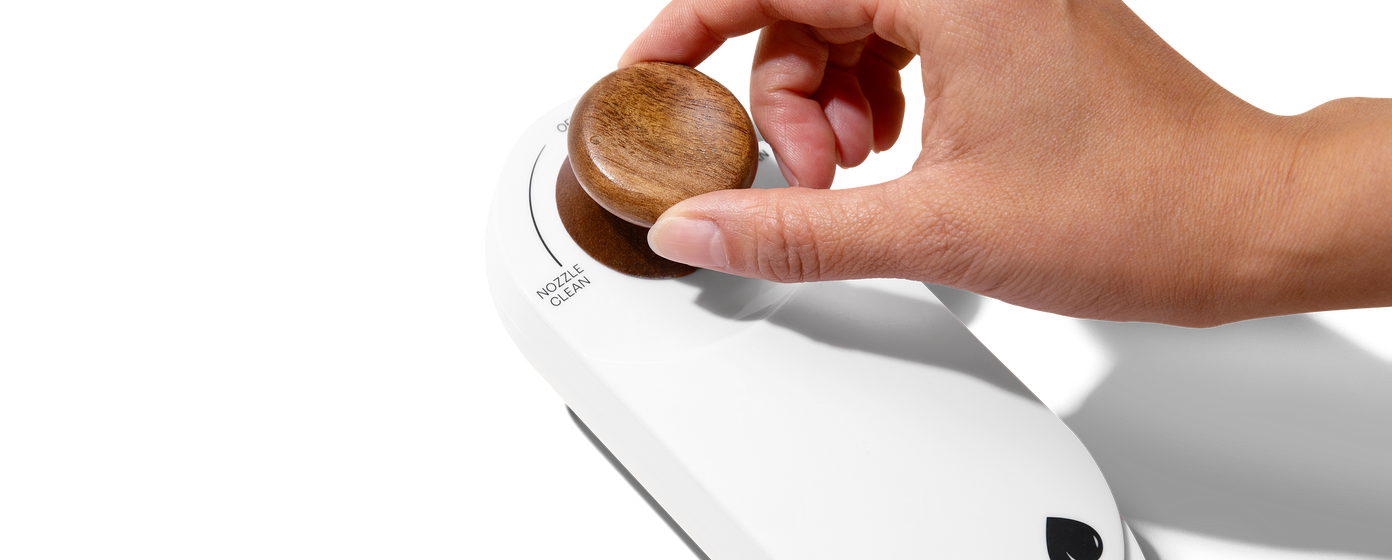
Let’s face it: for all our technological advancements, we’re still stuck in the bathroom habits of the 19th century. Toilet paper, the trusty standby of most bathrooms, may feel like a modern convenience, but science is here to give us a reality check. It’s not just ineffective; it’s also wasteful and harmful to the environment. A Fanny bidet on the other hand, is a bathroom fixture that combines hygiene, sustainability, and a touch of luxury. But don’t just take my word for it, let’s dive into the science behind why bidets are better than toilet paper in every way that matters.
The Problem With Toilet Paper: Science Doesn’t Lie
Toilet paper has been around since the late 1800s, and while it might seem like a simple solution, it’s riddled with issues:
It Doesn’t Clean Effectively
Think about this: if you spilled something sticky on your hands, would you wipe it off with a dry napkin and call it clean? Of course not. Yet, that’s essentially what toilet paper does. Studies have shown that wiping alone often leaves behind fecal matter and bacteria. A 2019 study in "Applied and Environmental Microbiology" revealed that improper cleaning can lead to bacterial spread to nearby surfaces, increasing the risk of infections.
It’s a Skin Irritant
Toilet paper doesn’t just fail at cleaning, it can also cause harm. The friction from wiping can irritate sensitive skin and exacerbate conditions like hemorrhoids and anal fissures. Dermatologists frequently recommend avoiding toilet paper for people with these issues and suggest gentler alternatives like water-based cleansing.
It’s an Environmental Disaster
The numbers don’t lie:
- Over 15 million trees are cut down annually to meet America's toilet paper demand.
- Producing one roll of toilet paper uses 37 gallons of water, not including the energy and chemicals involved.
- The average American uses 57 sheets per day, contributing to an annual consumption of 36.5 billion rolls in the U.S. alone.
- Toilet paper is the epitome of a single-use product with a massive environmental footprint.
Bidets Are Better: The Scientific Case
A Fanny bidet, on the other hand, uses a targeted stream of water to clean the perianal area, and science backs up its superior performance:
- Bidets Provide a More Thorough Clean: Water is a natural solvent, making it more effective than dry paper for removing residue and bacteria. Research published in the Journal of Gastroenterology shows that using water reduces the bacterial count significantly more than wiping alone. This is particularly important for preventing conditions like urinary tract infections (UTIs), which can occur when bacteria migrate from the rectal area.
- They’re Better for Skin Health: Bidets are gentle, reducing the friction and irritation associated with toilet paper. A study in the International Journal of Colorectal Disease found that bidet use improved symptoms in patients with anal discomfort and hemorrhoids, providing a safer, more soothing option for cleaning.
- They’re Environmentally Friendly: While a bidet uses water, its environmental impact is far lower than that of toilet paper. A typical bidet uses about one-eighth of a gallon of water per use, compared to the 37 gallons required to produce a single toilet paper roll. Plus, by reducing or eliminating toilet paper usage, bidets can help save millions of trees annually.
- They Protect Your Plumbing: Certain brands of flushable wipes and excessive toilet paper use are major culprits of plumbing clogs, sewer backups, and septic tank issues. Unlike these materials, a bidet doesn’t introduce any solid waste into your pipes, keeping your plumbing system and your wallet, safe from costly repairs.
- But What About Cold Water?: Many people balk at the idea of cold water near sensitive areas, but modern bidets address this with features like temperature control and adjustable water pressure. Even basic cold-water models aren’t as shocking as they sound. In fact, the cool sensation can be refreshing and invigorating, especially in warmer climates.
Health Benefits of Using a Bidet
The science doesn’t stop at cleanliness. Bidets also have surprising health perks:
- Reduced Risk of UTIs: By thoroughly cleaning the perianal area, bidets minimize the transfer of bacteria to the urethra, a major cause of UTIs, especially in women and older adults.
- Improved Recovery for New Moms: Postpartum recovery often involves tenderness and stitches, making wiping uncomfortable and potentially harmful. A bidet offers a gentle and hygienic alternative.
- Better Management of Digestive Disorders: People with conditions like Crohn’s disease or irritable bowel syndrome (IBS) often experience frequent bowel movements. Bidets provide relief by reducing irritation and ensuring effective cleaning.
The Economics of the Bidet
Still not convinced? Let’s talk dollars.
- The average household spends around $240 per year on toilet paper. With a bidet, you can reduce this expense by 75% or more.
- A Fanny bidet attachment is very affordable and pays for itself in just a few months.
- Over time, you’re not just saving money, you’re also saving the planet.
Common Myths About Bidets
Let’s bust some myths:
- Bidets are gross: Actually, they’re cleaner than toilet paper, and studies show they reduce bacterial spread.
- They’re expensive: While standalone bidets can be pricey, attachments are affordable and easy to install.
- They’re only for women: Bidets are for everyone. Whether you’re a construction worker or a CEO, a bidet is your ticket to a cleaner, healthier you.
Real Stories, Real Results
People who switch to bidets rarely go back. A buyer of our Fanny bidet recently shared, “I thought a bidet was unnecessary until I tried one. Now, I can’t believe I lived without it. My bathroom routine feels cleaner, quicker, and more civilized.” Another confessed, “Using a bidet makes me feel like I’m treating myself to a spa day every day.”

The Future of Bathroom Hygiene
As awareness of environmental issues grows, so does the popularity of bidets. Countries like Japan and Italy have embraced bidet culture for decades, while the U.S. is finally starting to catch on, although at a very slow pace. It is estimated that only about 1% of U.S. households have a bidet. With options ranging from high-tech models with heated seats to simple attachments, there’s a bidet for every budget and preference.
The Final Splash
Let’s cut to the chase: science has spoken, and the verdict is in, bidets are not just a fancy bathroom upgrade for the elite. They’re a smarter, more sustainable, and frankly, a much better way to handle your hygiene. Sure, toilet paper has been the go-to for centuries, but let’s be real: just because we’ve always done something a certain way doesn’t mean it’s the best way. Fanny bidets clean better, protect your skin, and drastically reduce your environmental footprint. That’s not just luxury; that’s common sense.
Think about it this way: every time you flush after a bidet clean, you’re making a small but meaningful contribution to a healthier planet. You’re saving trees, conserving water, and sparing your pipes (and plumber) the agony of toilet paper clogs. And let’s not forget the health perks, fewer irritations, better hygiene, and a more comfortable bathroom experience overall.
If you’re still clutching onto toilet paper rolls like they’re a badge of honor, it’s time to rethink things. Embracing a bidet isn’t just about hopping on a trend; it’s about stepping into the future of personal care. And trust me, once you experience the refreshing, squeaky-clean feeling a bidet offers, there’s no looking back.
So go ahead, make the switch. Your backside will feel better. The planet will breathe easier. And you’ll join the ranks of people who have upgraded their bathroom game forever. It’s time to flush old habits down the drain—literally.
